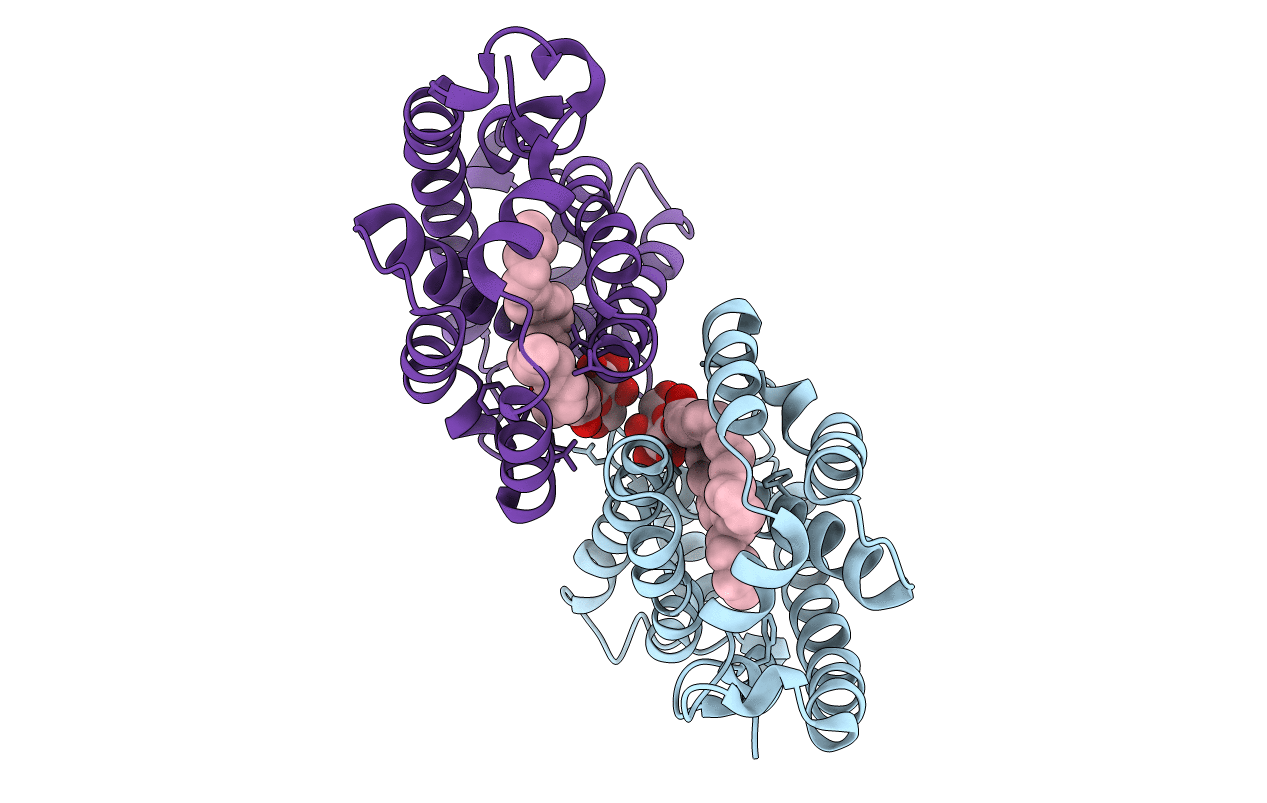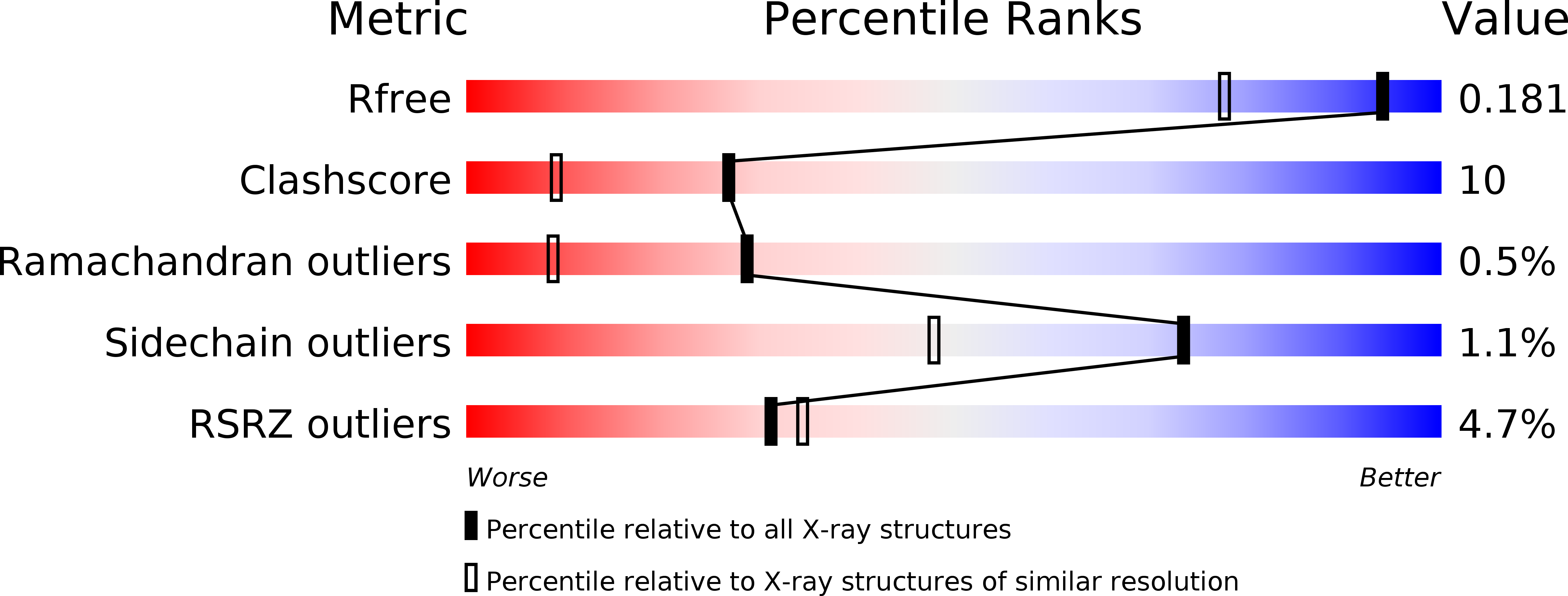
Deposition Date
2016-06-08
Release Date
2017-12-13
Last Version Date
2023-09-27
Entry Detail
PDB ID:
5KDI
Keywords:
Title:
How FAPP2 Selects Simple Glycosphingolipids Using the GLTP-fold
Biological Source:
Source Organism:
Homo sapiens (Taxon ID: 9606)
Host Organism:
Method Details:
Experimental Method:
Resolution:
1.45 Å
R-Value Free:
0.17
R-Value Work:
0.13
R-Value Observed:
0.13
Space Group:
P 21 21 21


